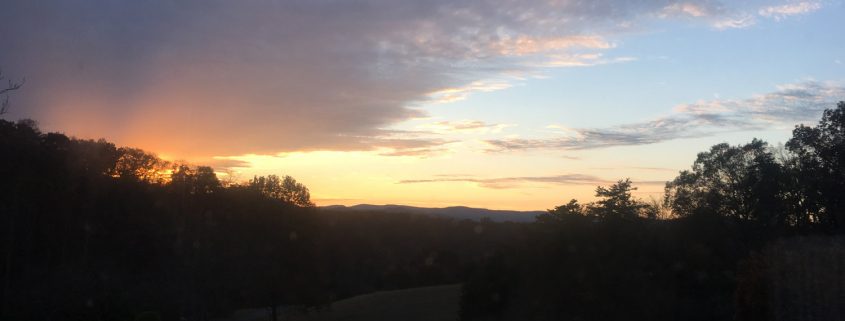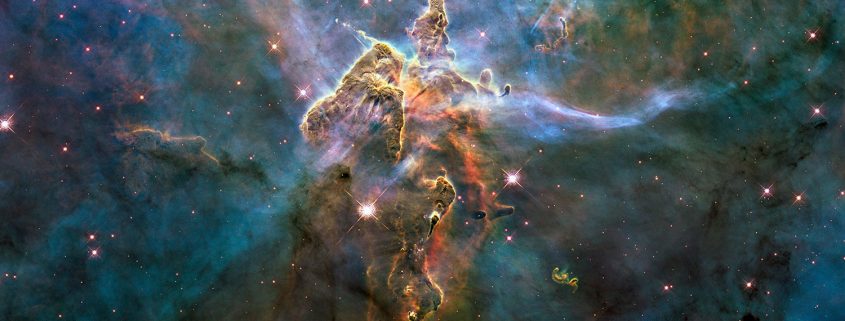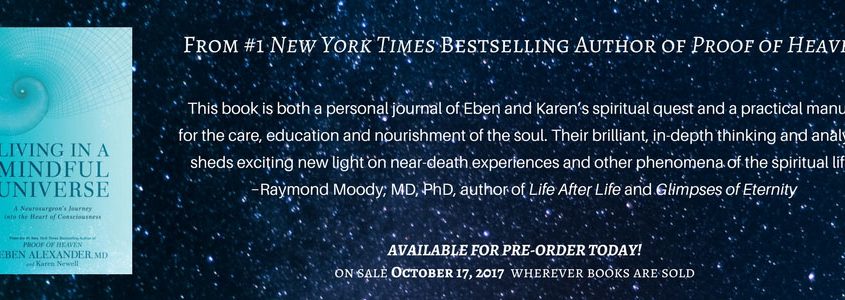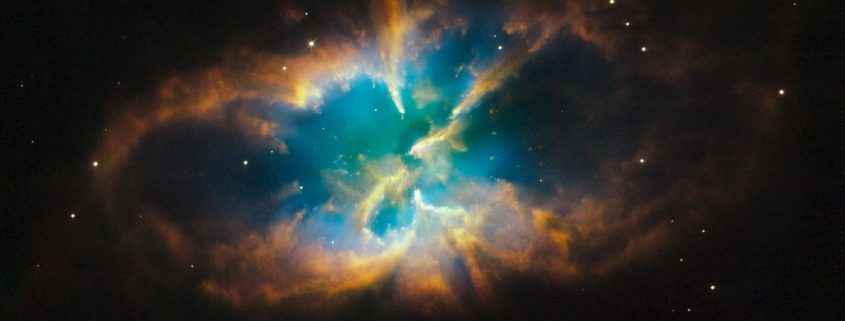Today, I celebrate the 13th anniversary of the day I emerged from a weeklong coma due to bacterial meningitis November 16, 2008, my re-birthday. On this anniversary of that life-changing event, I want to thank again the family and friends who were instrumental in my return to this world, not to mention the myriad souls I have since encountered who have helped me to reach a deeper understanding of the nuances of my experience. I am grateful to the many readers of my books, Proof of Heaven, The Map of Heaven, and Living in a Mindful Universe, for the feedback they have offered, including hundreds who have shared their own spiritual epiphanies. In this challenging era of the covid pandemic, with so much death, loss, and bereavement, it is comforting that so many have reported their burdens eased by the empowering messages offered by those three books.
My recent progress in understanding is encouraged by essays that have emerged from the Bigelow Institute of Consciousness Studies (BICS), who sponsored a contest asking for the best evidence for the survival of human consciousness beyond permanent bodily death. The contest organizers have promised to publish all 29 winning essays on their website in the coming days, which will detail outstanding examples from the empirical data and rational conclusions supporting the reality that we are much more than physical bodies alone. Most near-death experiencers, and myriad others who have studied the broader literature on survival studies, already accept that the evidence for consciousness surviving physical death (and reincarnation) is sufficient to be certain beyond any reasonable doubt. The value of the contest, and of this information being made freely available, is in helping others to realize this liberating and refreshing view of who we truly are. This collection of essays will provide evidence for a world view that is much needed right now, bring meaning and purpose to being human, and foster a more general expression of love, compassion, mercy and acceptance of others.
The winning BICS essay by professional academic parapsychologist Jeffrey Mishlove PhD is well worth reading for anyone interested in this field of study. This version of the document includes numerous embedded videos which come from Dr Mishlove’s long career of interviewing people about their experiences and viewpoints. He has used my NDE to make many specific points, most importantly quoting Dr Bruce Greyson from his interview about my medical records stating, “This guy was as dead as you can be without having his heart stop,” validating the scientific position that my brain was far too damaged to support any dream or hallucination. This is a crucial line of evidence supporting the primacy of consciousness in the universe, independent of the physical brain. Other points emphasized include the extraordinary healing power often enabled by NDEs, the value of exploring consciousness, and the life-transformative effects of NDEs.
Dr. Mishlove’s manuscript is deliberate, thorough and well-structured, as he pursues numerous lines of evidence far beyond just near-death experiences in making his case for conscious awareness surviving bodily death. Other winning essay authors include Pim van Lommel, Bernardo Kastrup, Bruce Leininger, Robert Mays and many other researchers in the field. This collection of papers will serve the world in helping to bring more souls into readily knowing our fundamental spiritual nature, and the spiritual nature of the universe.
This potential turning-point is a worthy celebration of my 13th Re-Birthday of awakening from coma!








